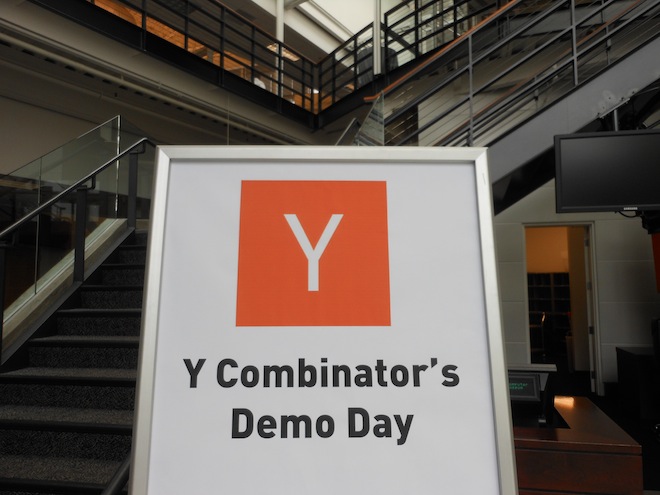Investor Peter Thiel has stated that ‘limited technological development has mostly been confined to IT’. Historically, technology decisions were made by the IT departments of large companies and by their 3rd party technology partners, starting with IT mainframes in the 1950s. The advent of IBM’s /36 spread computing power to medium sized companies. The advent of the personal computer spread technology within large companies and smaller enterprises.
Technology now has evolved to a point where end users can get their hands on applications almost instantly. Smart mobile devices and Software as a Service (‘SaaS’) are the two major disruptive trends which have accelerated the speed at which technology is adopted. The off the charts usage of mobile phones by consumers has put the traditional technology adoption curves to shame. This accelerated adoption has spilled over into enterprises at every level. SaaS applications have democratized application deployment and usage in every business.
These two developments have allowed for new buyers to emerge in large companies. Departments and groups who have had to compete for capital budgets before can now use their operating budgets to pay for SaaS applications. Marketing and sales are among the first movers and are the fastest growing SaaS segments.
The invasion of mobile and SaaS in enterprises have also democratized the buying decisions and have allowed individuals to buy. In mobile, Bring Your Own Device (‘BYOD’) has become the norm. In SaaS, Box, Yammer are some of the examples of first selling to individuals and managers before IT departments. An armada of startups is targeting every level of buyer in every organization at the right price level.
The easy deployability of SaaS and the simplicity of mobile have also lead to an accelerated technology adoption by Small and Medium sized Enterprises (‘SME’). SaaS is an efficient way to deliver applications for the more commoditized business processes in SMEs. New go-to-market approaches for these smaller solutions have further accelerated the sales cycles and have led to much faster technology adoption.
